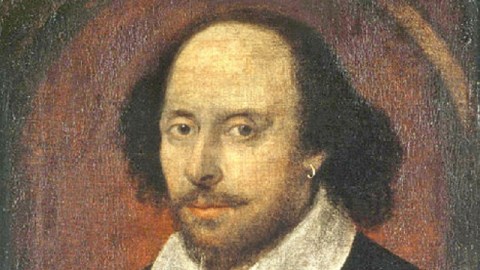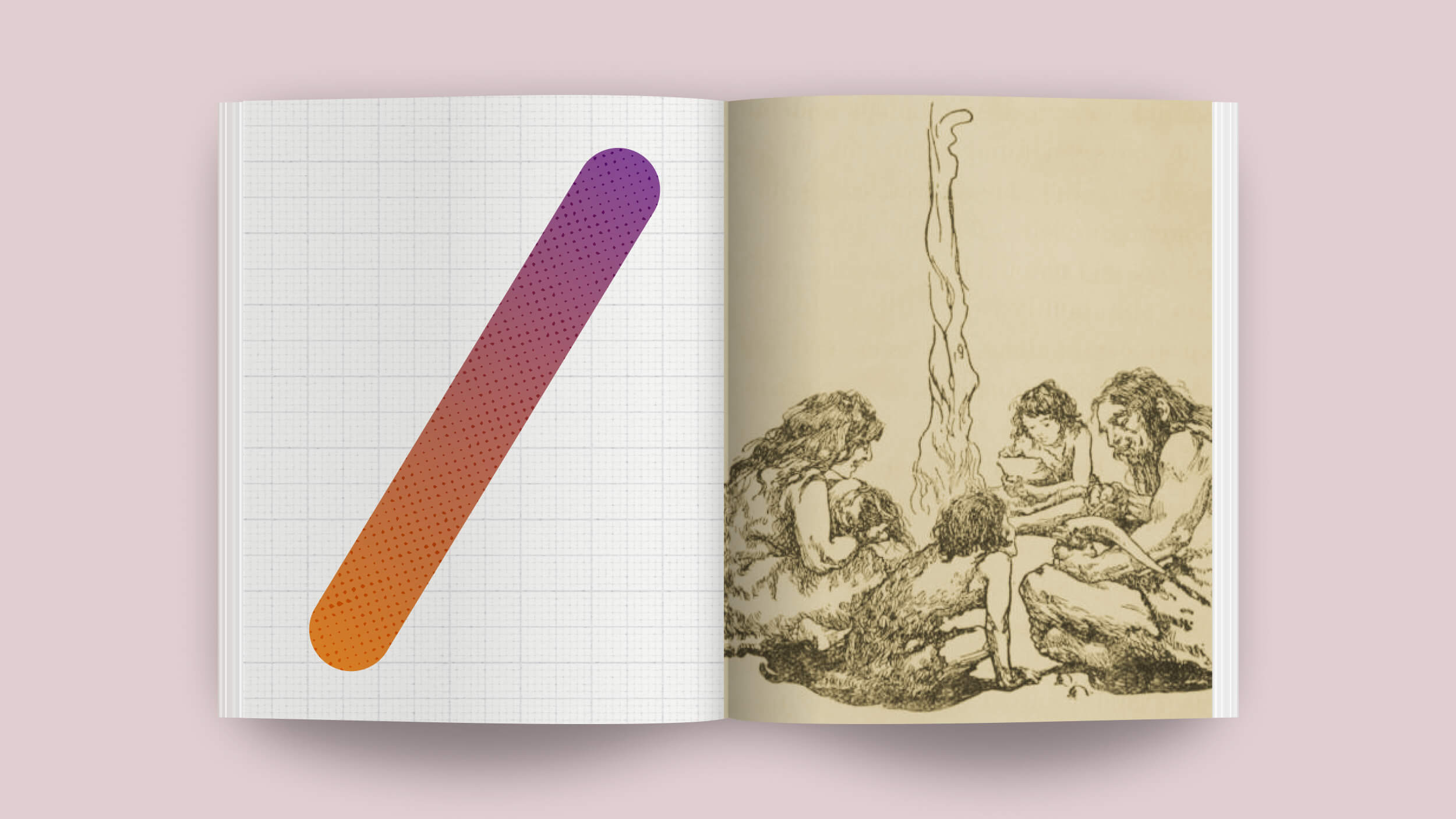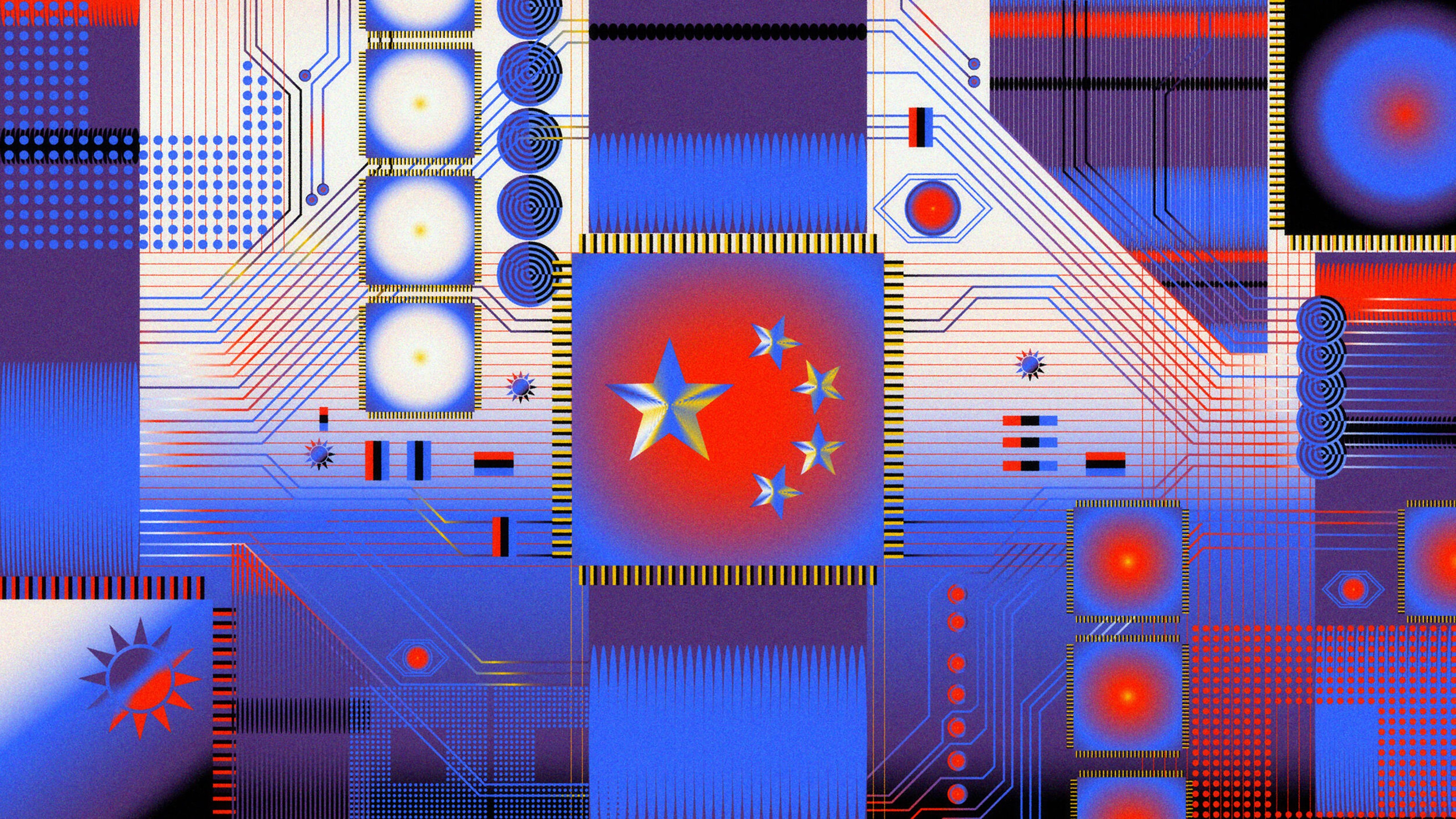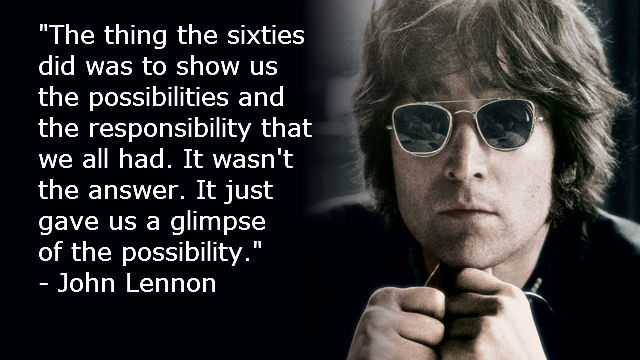Why the Birth of Shakespeare Is the Birth of Modern Art

April 23, 2014, marks the 450th birthday of William Shakespeare, one of the greatest writers of all time and an inescapable influence not just on literature, but also on every form of culture since the 19th century. Although the canon of plays was more or less established with the publication of The First Folio in 1623, Shakespeare had to wait for larger acclaim until the Romantic era of the 1800s, when critics such as Samuel Taylor Coleridge and August Wilhelm Schlegel first spread the Gospel of Will which would soon blossom into full bardolatry. In many ways, the Romantic era never ended and we are the “last” Romantics, full of ideas of individuality, imagination, and even love that would be totally foreign to the classical world. Even those who accept that the Romantic era’s over see it as a Post-Romantic era, a time defined by what it can no longer be. This Romantic or Post-Romantic world gave birth to Modern art. So, by an almost Biblical series of begats, you can say that the birth of Shakespeare is the birth of Modern art, the birth of how we see the world within and the world without today.
During Shakespeare’s own lifetime he was known best as the “honey-tongued” poet of such works as Venus and Adonis and The Rape of Lucrece, in which he used classical and ancient characters to his own artistic purposes as well as practical purposes of making money during the plague-forced theater closures of 1593-1594. Readers literally read published copies of these works to pieces, making surviving copies extremely rare today. People went to see the plays, of course, but the emphasis of the theaters was on making money as much as making art. Publishing plays never became a priority because it never seemed profitable enough. It was Shakespeare’s friend and rival Ben Jonson who believed that publishing ones works in a collected way could serve both practical and artistic purposes. Jonson published his own collected works in 1616 and pushed for the posthumous collection of Shakespeare’s works in 1623, both of which served as templates for collected works of contemporaries such as Beaumont and Fletcher and others that essentially established the study of “modern” (that is, 16th century) literature as an art form as worthy as that of the already well-studied classics. Yes, Jonson deserves credit for making the initial push, but it was the inspiration of Shakespeare, as well as the lasting success of Shakespeare’s works in print, that set in motion what we know as literature today.
Once the Romantics got hold of Shakespeare, however, they turned the 16th century author into a 19th century “modern” contemporary. T.S. Eliot later complained about this trend in his 1920 essay “Hamlet”:
These minds often find in Hamlet a vicarious existence for their own artistic realization. Such a mind had Goethe, who made of Hamlet a Werther; and such had Coleridge, who made of Hamlet a Coleridge; and probably neither of these men in writing about Hamlet remembered that his first business was to study a work of art.
While Eliot felt that the “first business was to study a work of art,” Goethe, Coleridge, and others felt that the reason behind that business was to make those works relevant to living, breathing people, even if that “made of Hamlet” the critic himself. Some argue that Shakespeare’s critical lull period during the 17th and 18th centuries owes something to the neo-classical tastes of the time in which individuality took a back seat to more communal ideals.
Once the modern taste for the individual took hold, however, Shakespeare found a home beyond England’s shores. American colonists staged plays by Shakespeare as early as 1750. “There is hardly a pioneer’s hut that does not contain a few odd volumes of Shakespeare,” Alexis de Tocqueville wrote in 1835 in Democracy in America. From the very beginning of the American experiment in democracy, Shakespeare and his individualized characters inspired a government of, by, and for the people, to paraphrase the Gettysburg Address of that notorious Shakespeare loverAbraham Lincoln. As kings fell and democracies rose throughout Europe in the 19th and 20th centuries, Shakespeare (often in vernacular translation) showed the way, sometimes in the form of music, as in Giuseppe Verdi’s operas Otello and Falstaff, which provided the popular soundtrack to the political movement by which modern Italy was born.
Modern, democratic societies longed for art that reflected their ideals and anxieties. So much modern art comes from the psychoanalytic ideas of Sigmund Freud, who mined ancient characters such as Oedipus for the infamous “complex,” but also plumbed the human psyche in the fictional person of Hamlet. The “-isms” of the 20th century also soon found new artistic uses for Shakespeare. German Expressionism, Russian Futurism, and European Marxism all explored new ways of staging the Bard to make the people understand their goals. More recently, art steeped philosophically in feminism, anti-colonialism, and sexualism views Shakespeare as friend or foe, but either way cannot escape the cultural gravitational pull of his massive influence.
Although the pedantic women of T.S. Eliot’s “The Love Song of J. Alfred Prufrock” “come and go/ talking of Michelangelo” as a badge of cultural knowing, Eliot alludes in that poem to no less than three Shakespeare plays (Henry IV Part II, Twelfth Night, and that old Coleridgean favorite, Hamlet). Even Eliot couldn’t avoid Shakespeare in the making of modern poetic art. So, as we wish the Bard a happy 450th (the last round number anniversary some of us, including me, will likely see), we can wish him many, many more with the knowledge that we can join Ben Jonson’s tribute in that First Folio that Shakespeare “was not of an age, but for all time!”, including ours.
[Image:The “Chandos” Portrait of William Shakespeare (detail).]





